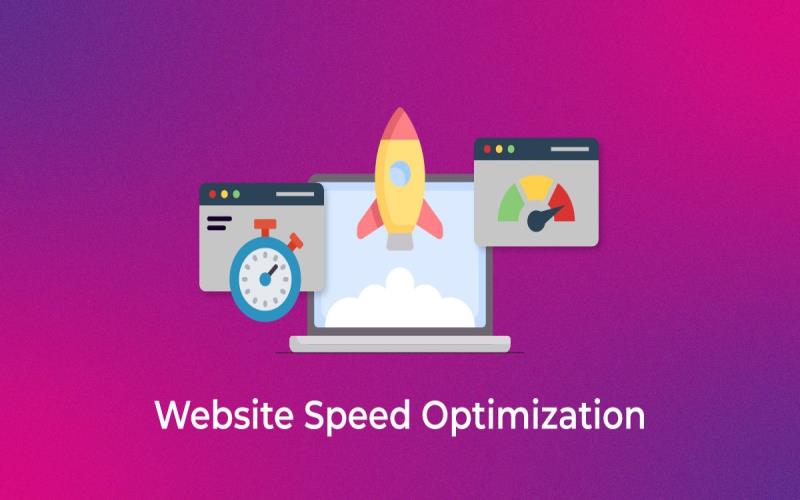Website speed optimization is the process of improving the performance of your web page. Web speed optimization is critical because it improves search engine ranking, reduces bouncing rates, increases conversion rates, and provides a better user experience. Slow web load time can be detrimental to your online presence, negatively impact your website credibility, and increase the chances of users leaving your site without engaging with your content. This article gives surefire tips for improving your website loading speed.
1. Image optimization.
Image optimization is the process of compressing and modifying images to the optimal format and keeping them as small as possible without compromising their quality. Large images are the major cause of a website’s slow loading speed. Resize and compress all the images on your website using tools such as JPENG to give your users easy access to their devices. Website owners using website builder such as WordPress can use plugins like WP Smush to reduce the size of the images without sacrificing their quality.
2. Use reliable web hosting providers.
A web hosting provider is the pillar of your site and plays a critical role in page performance and management. One of the worst decisions you can ever make is settling for a cheap, mediocre web host provider. Choose a trustworthy and reliable web host provider with a good reputation for reliability in speed and high performance. When picking up a web host, consider factors such as server performance, uptime, 24/7 customer support, and your monthly traffic to ensure that your website loads quickly and performs perfectly.
3. Use content delivery networks.
A CDN is a network of servers that gives website content to users based on their geographical locations. It typically delivers all the resources needed for loading the web content, such as videos, images, and HTML files. CDN has geographically dispersed servers; this implies that the loading speed of a file or an image, for example, will be the same regardless of where the user is connecting from.
4. Minimize HTTP requests.
Minimizing HTTP requests involves combining elements such as JavaScript and CCS files and minimizing the use of images. Consolidate multiple files to decrease HTTP requests and increase your website’s speed.
5. Capitalize Caching
Caching stores multiple copies of your website’s data in a user’s browser so that they do not have to be loaded every time they visit your site. This reduces loading time significantly because returning users do not have to download files, as the browsers have already retrieved those files.
6. Optimize code.
Optimizing code involves removing unnecessary plugins and reducing the number of resources on your site. Here are some strategies to reduce plugins:
• Delete unused plugins.
• Limit the use of animations.
• Use lightweight plugins.
• Find an all-purpose theme.
• Use plugins only when necessary.
When your website is well organized, clean, and minimized, the speed of your website is increased.
7. Optimize for mobile devices.
Mobile optimization is modifying your website content to ensure that visitors can access your page from their mobile devices. Craft your website with mobile users in mind, as most people will navigate your page using their mobile devices, which can help increase speed.
8. Compress your website.
Use compression techniques like Gzip that compress your website files before they are redirected to the user’s browser. Compression minimizes the size of your website files, hence increasing website performance.
Conclusion
Website speed optimization and performance are the major determinants of a successful online presence of any business. Speed optimization is more than just a one-time task; a more thorough approach is required to achieve a strong web speed. By regularly implementing the techniques in this article, you can improve your page performance, significantly improve user experience, rank high on Google, and increase revenue and conversion rates.

